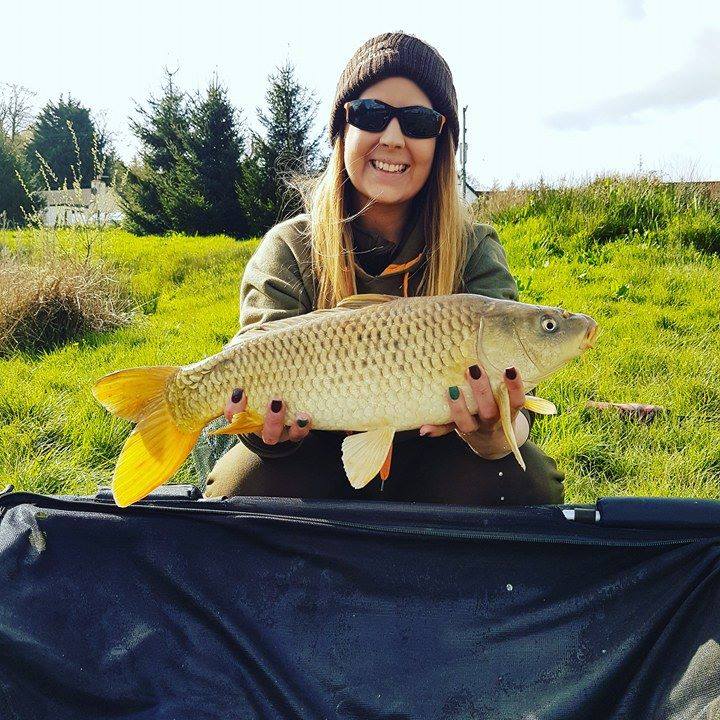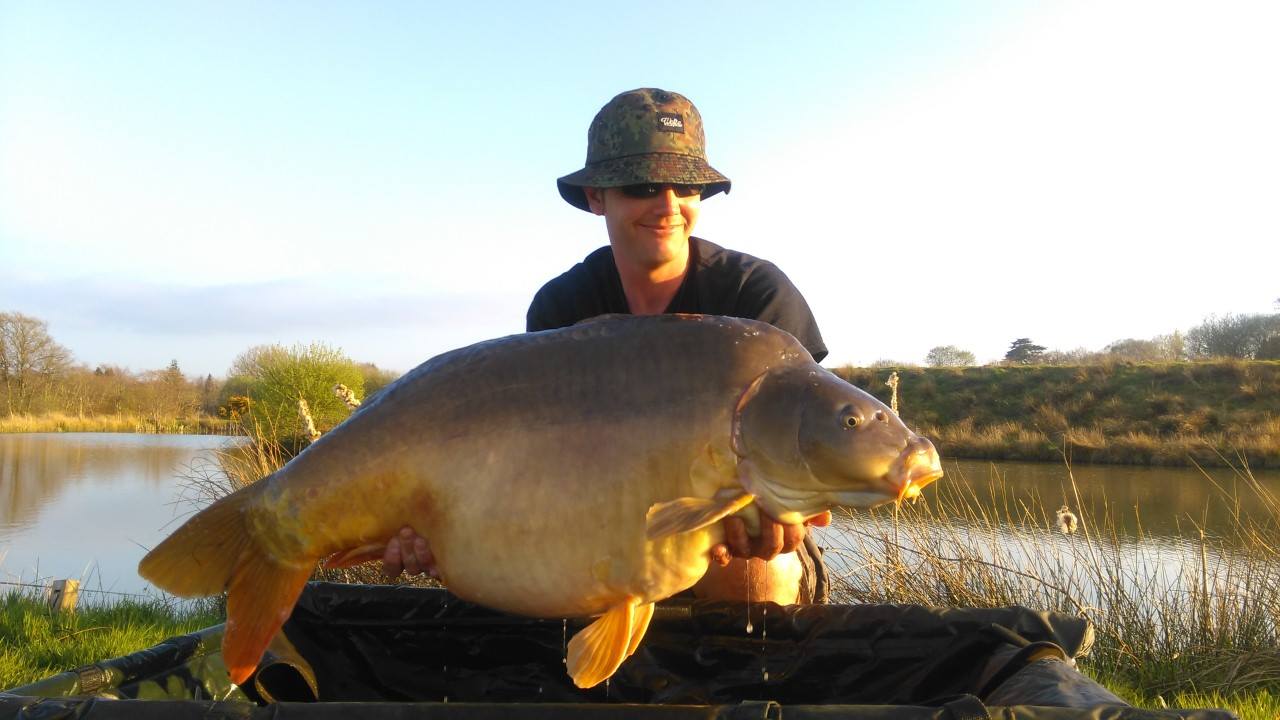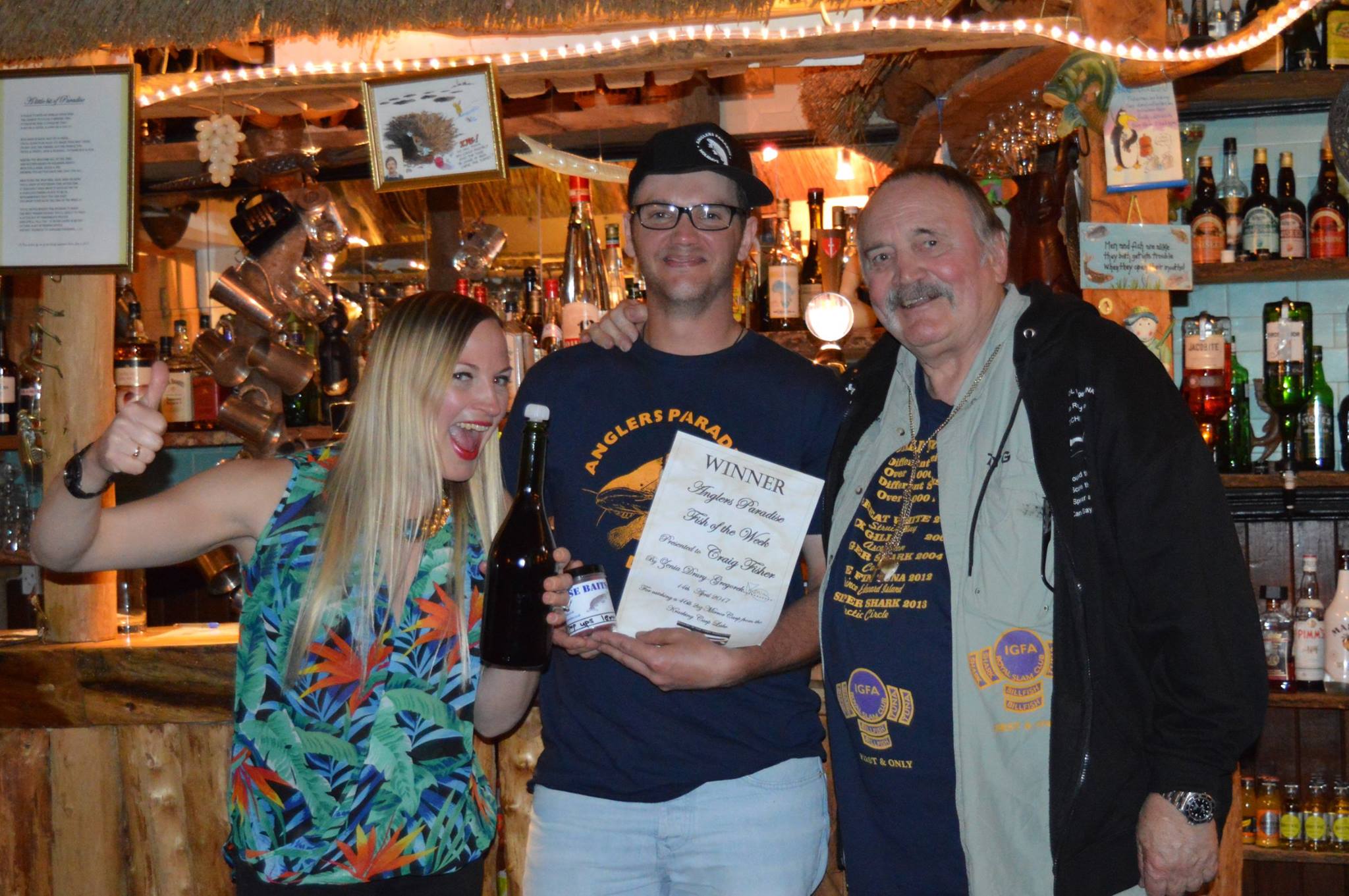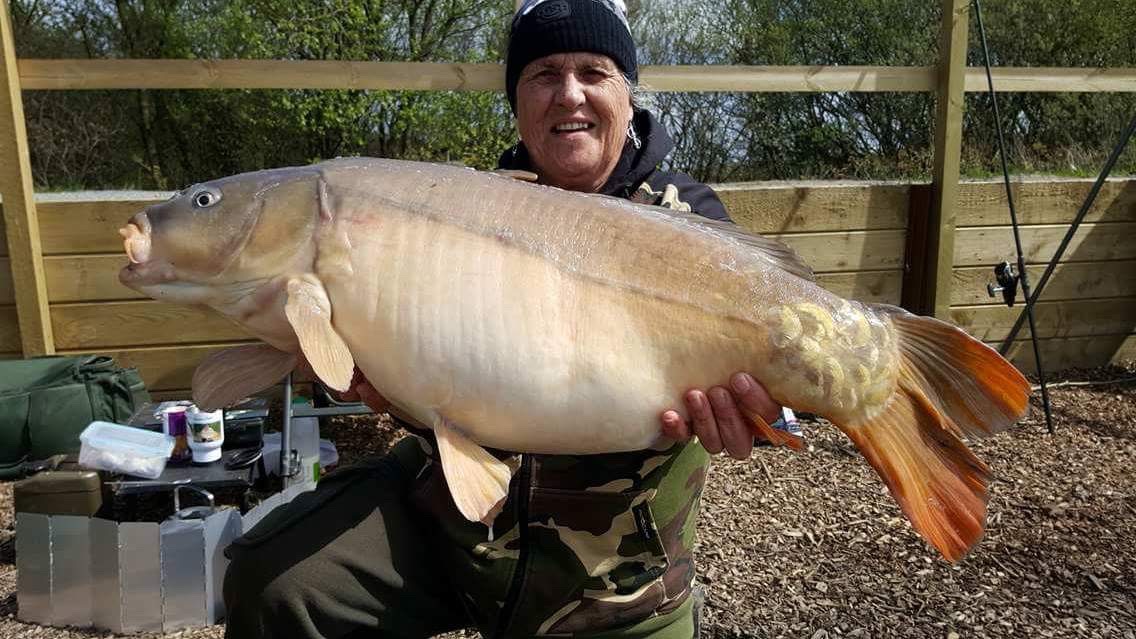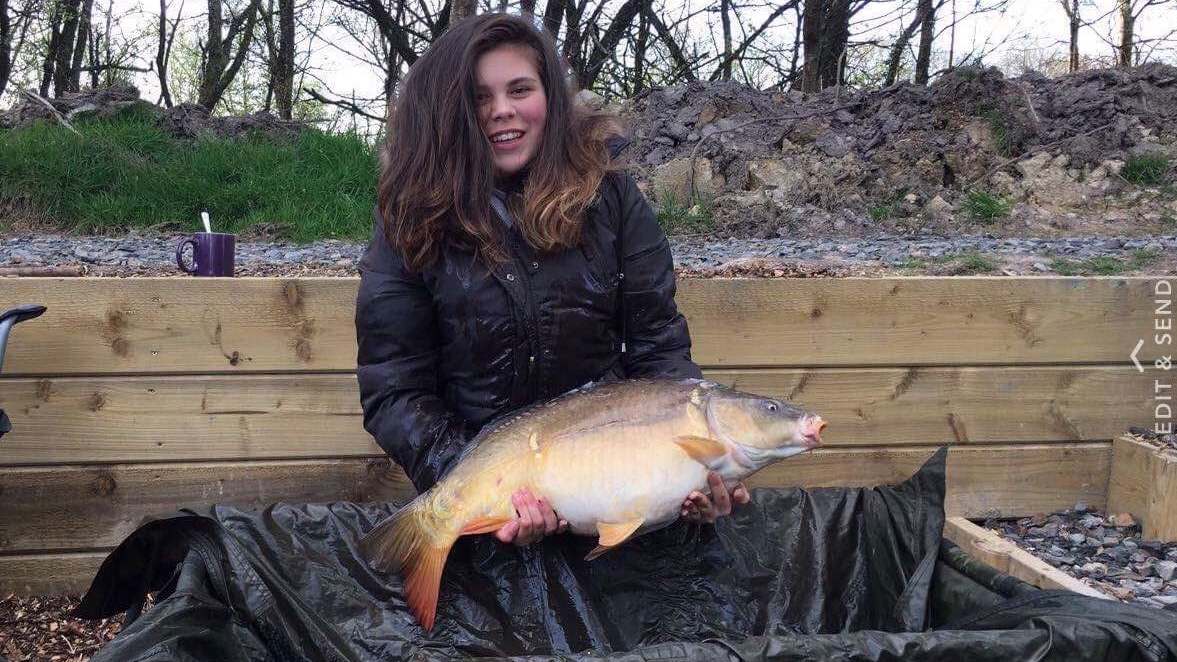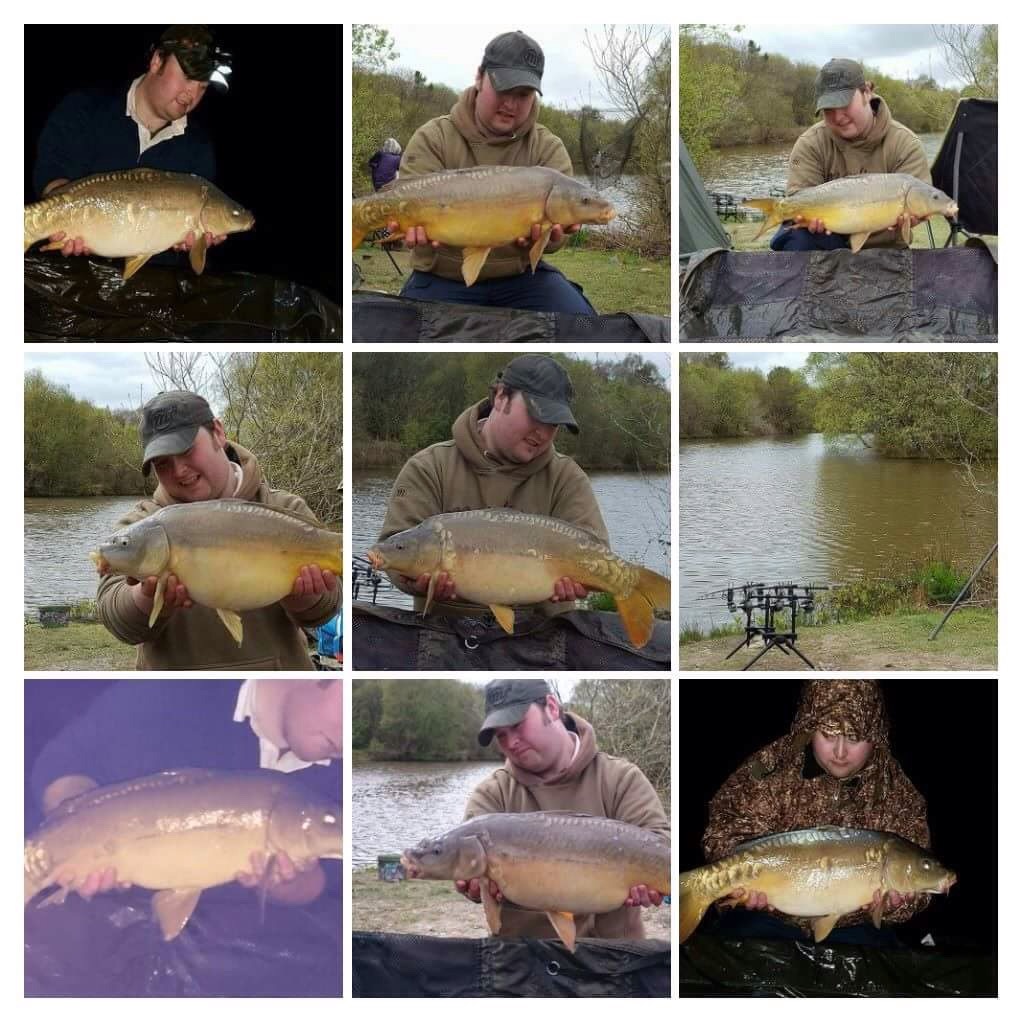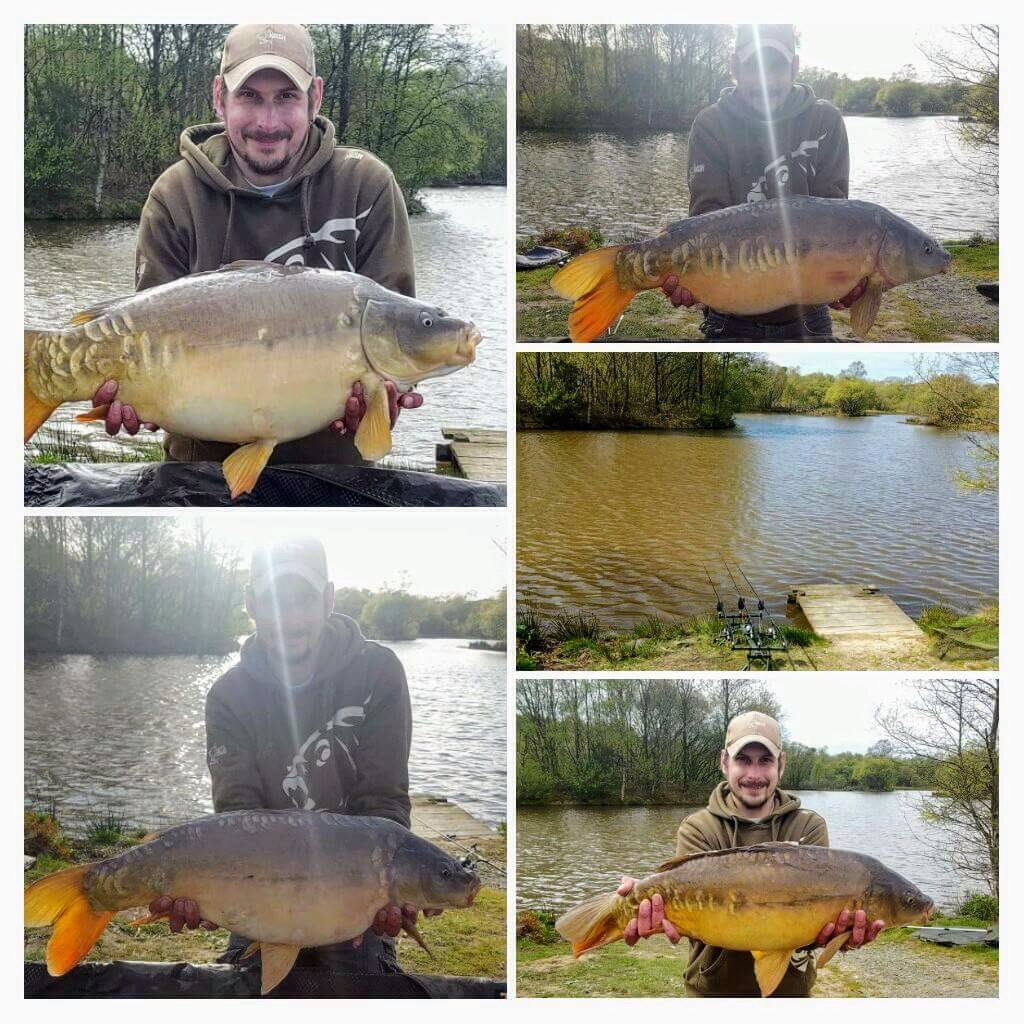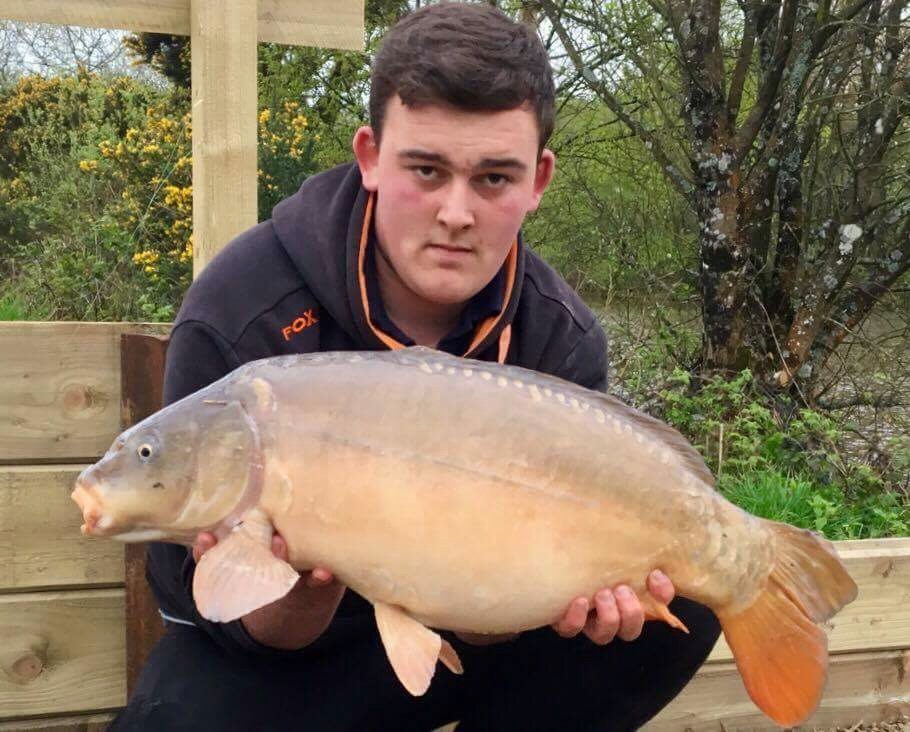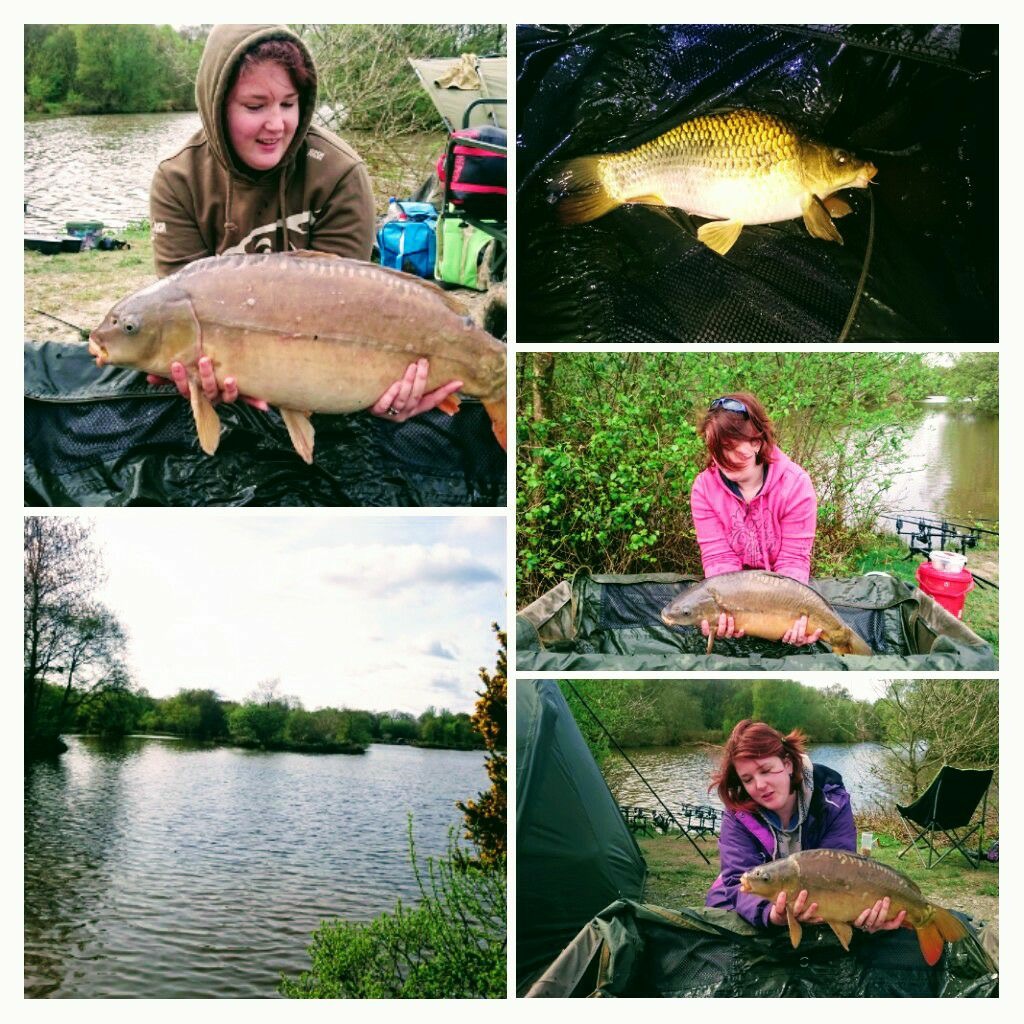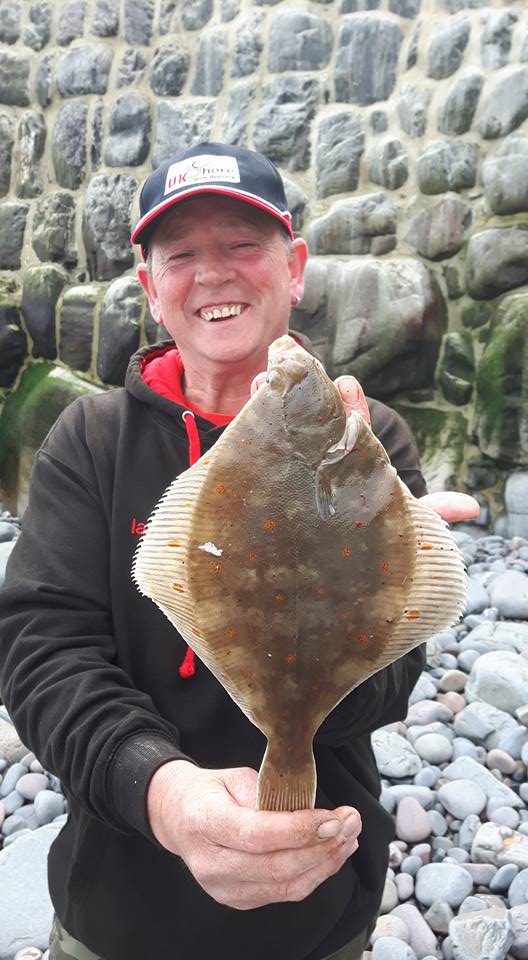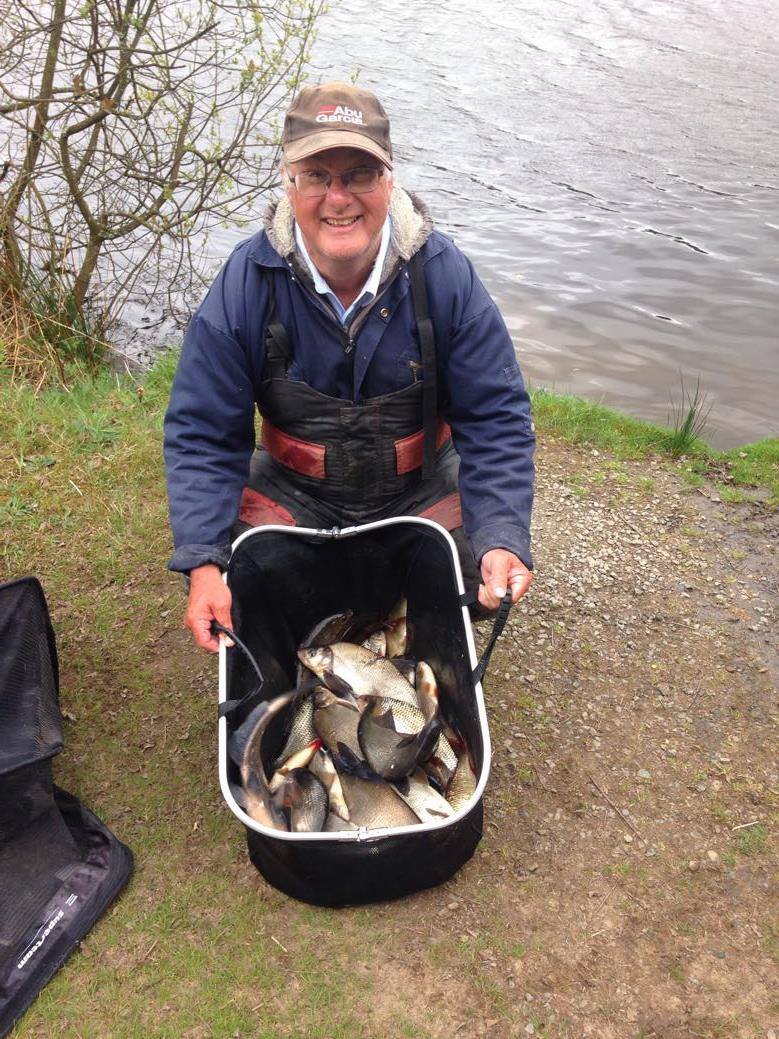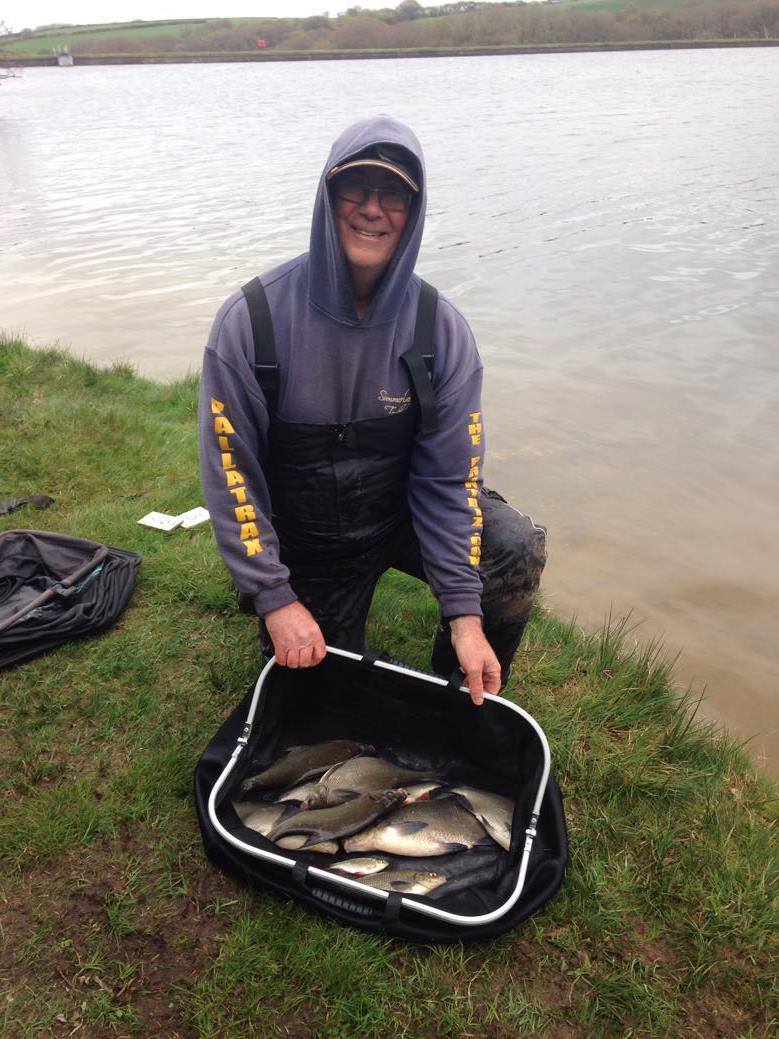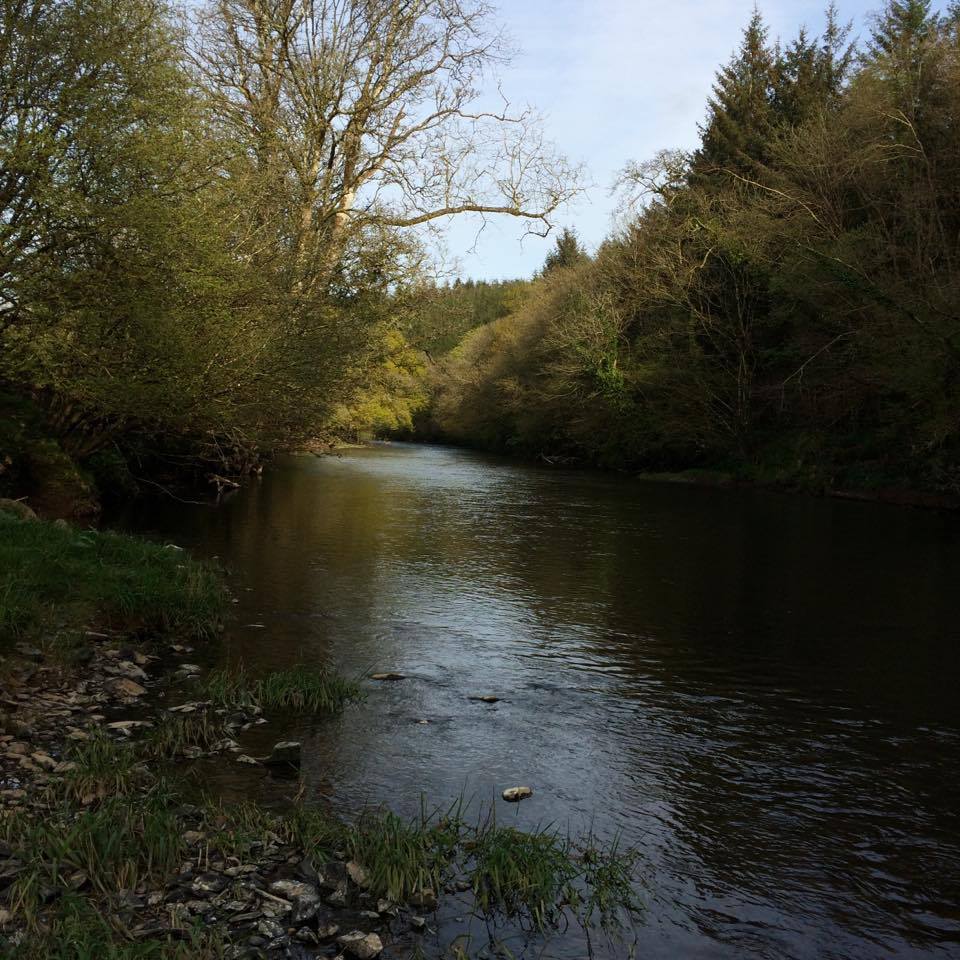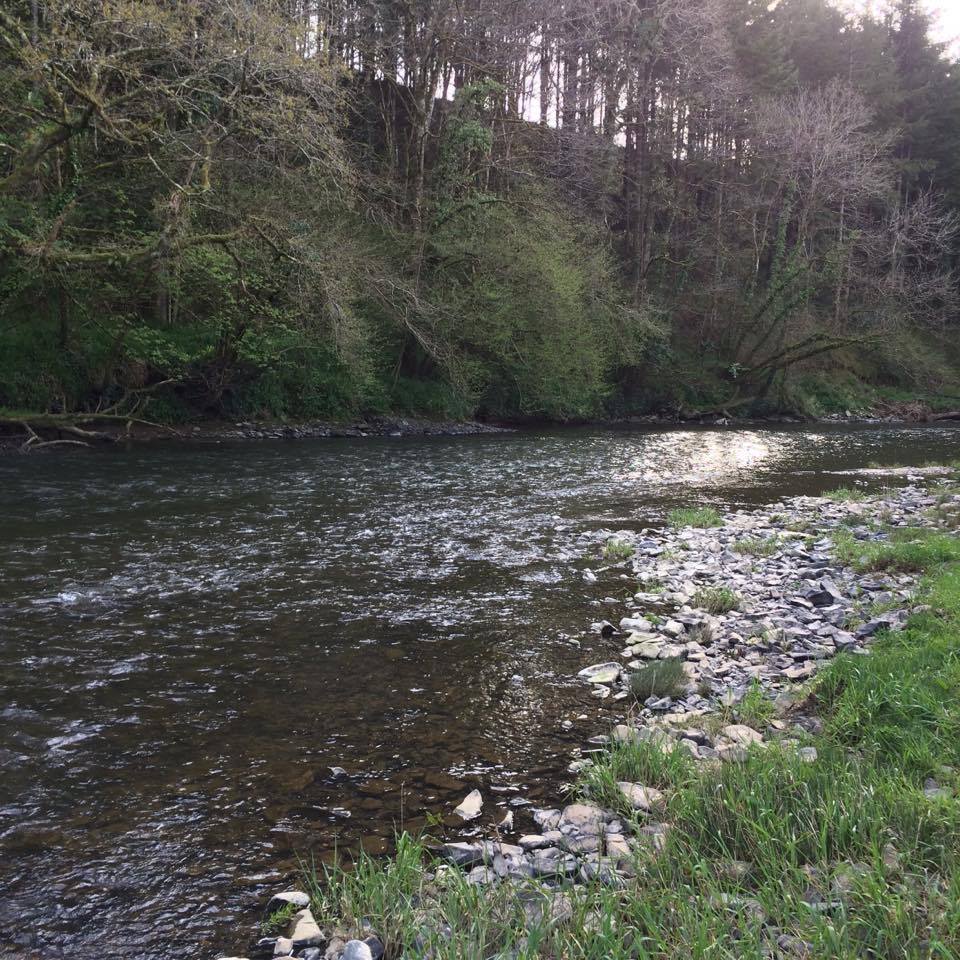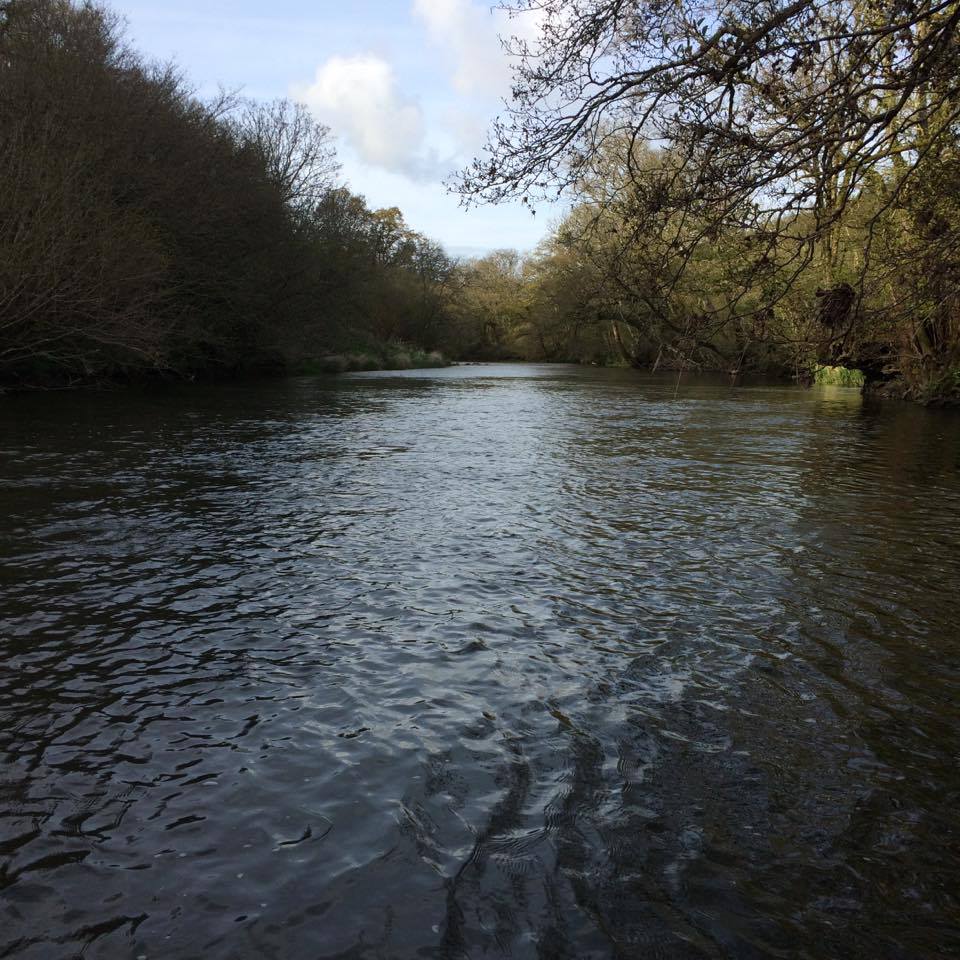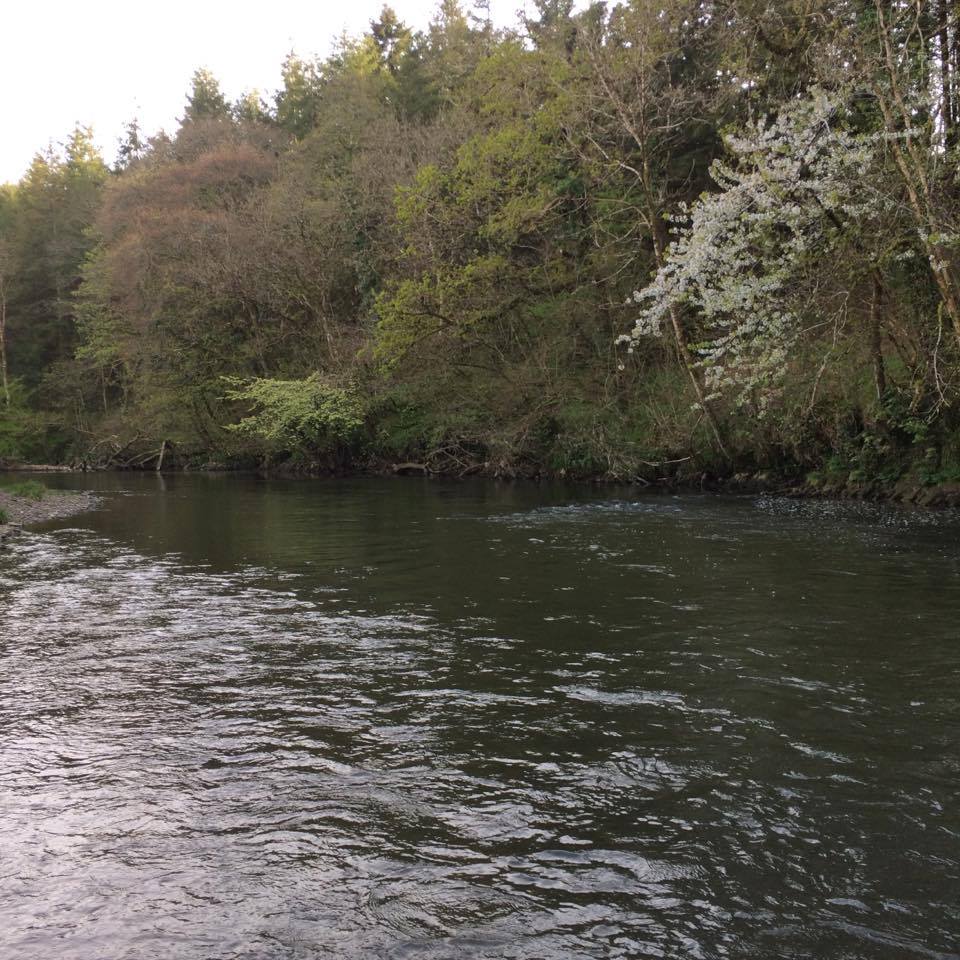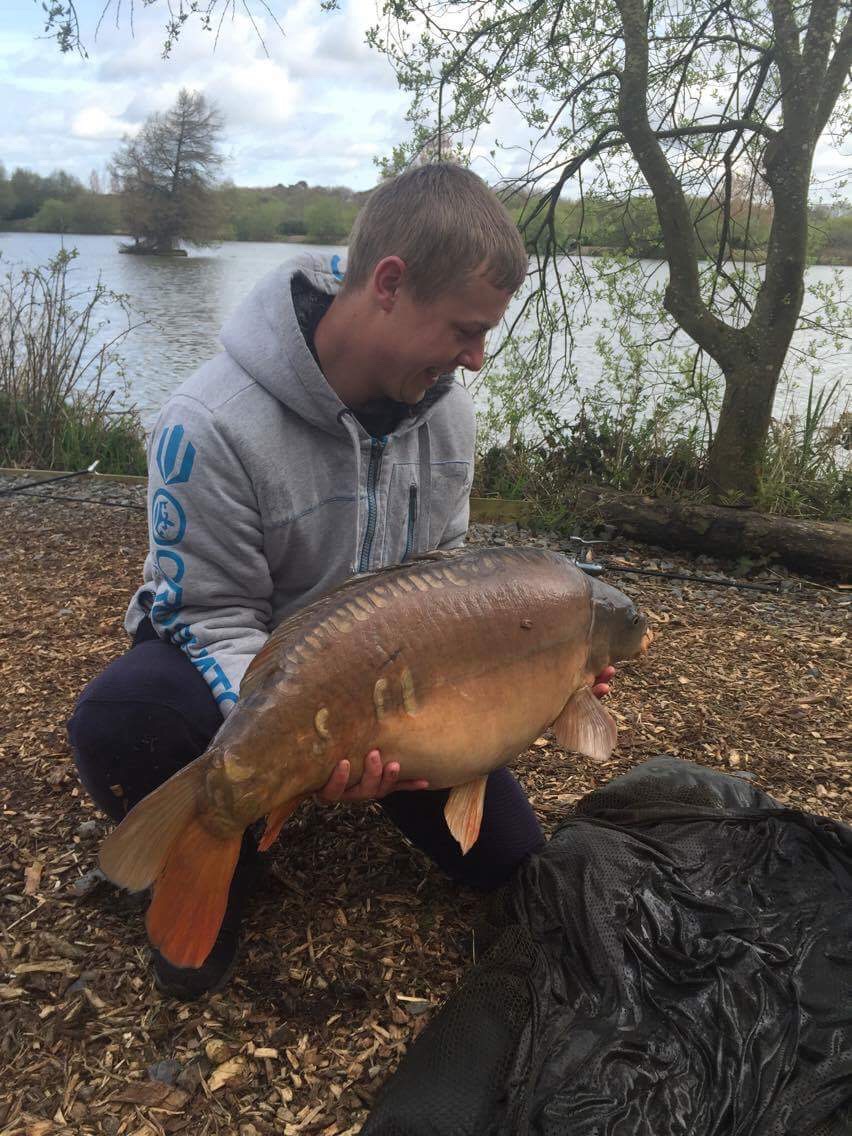Report From Joanne at Stafford Moor
Stafford Moor Fishery in Dolton,
we have just weighed the guys for our open match with 35 guys fishing on Tanners and Woodpecker. It was soooooooo cold today my hands are numb ! and that’s just weighing in !! Had a continental payout today .Our top weight of the day was from Gary Mealing peg 3 on Tanners lake with 205lb 2oz fishing 8mm pellet on the wag shallow well done Gal !
2nd place was Nigel Rhodes peg 10 on Woodpecker with 140lb 4oz
3rd place was Mark Layzelle peg 1 tanner with 193lb 1oz
4th place was Martin Heard peg 17 Woodpecker with 136lb 9oz
5th place was Mike Ogorman peg 34 Tanners with 161lb 11oz
6th place was Richard James peg 2 Woodpecker with 127lb 5oz
Section winners were :
Tanners Dave Stockton peg 6 Tanners with 157lb 2oz & Tony Burslem peg 35 with 125lb 3oz
Woodpecker Paul Goulding peg 8 Woodpecker with 89lb 11oz & Roger Crago peg 16 Woodpecker with 78lb 15oz
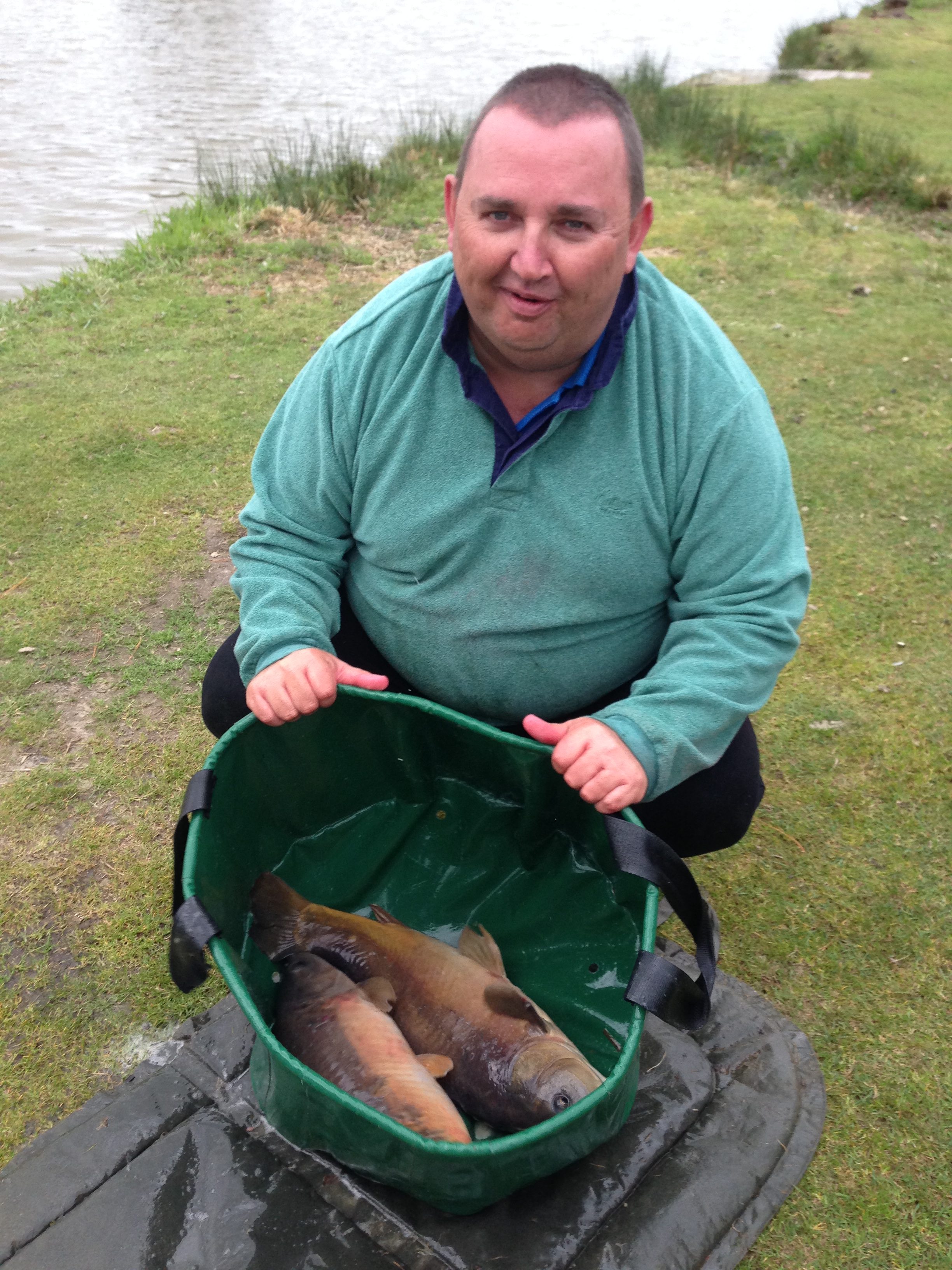

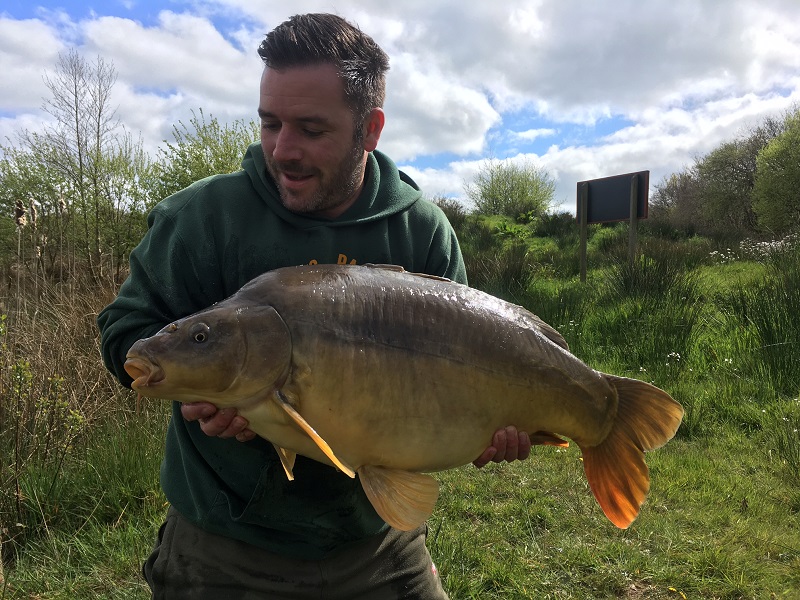 Matt Jacques, 45 from Birmingham, caught a 26lb Mirror from the Kracking Carp Lake. Matt fished on Peg 1, used one of CMCR’s ARSD rigs with a Paradise Baits Original Rasberry 12ml white pop up. He baited up with just a handful of pellets, crushed Beez Kneez boilies and some corn every hour or so. Matt Said – “I will be back soon for one of those big commons”.
Matt Jacques, 45 from Birmingham, caught a 26lb Mirror from the Kracking Carp Lake. Matt fished on Peg 1, used one of CMCR’s ARSD rigs with a Paradise Baits Original Rasberry 12ml white pop up. He baited up with just a handful of pellets, crushed Beez Kneez boilies and some corn every hour or so. Matt Said – “I will be back soon for one of those big commons”.

